From the end of empire to China-centric unipolarity
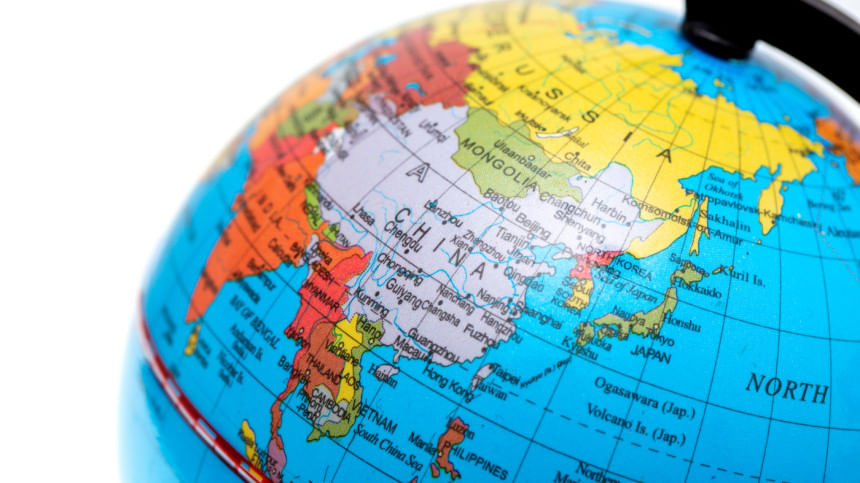
When Antonio Negri and Michael Hardt published Empire (2000), they envisioned a global order where sovereignty was diffuse and power no longer resided in the Westphalian nation-state. A decentred, networked form of rule was emerging, dissolving traditional hierarchies into a postmodern regime of control. In The Empire Writes Back (1989), Bill Ashcroft and his collaborators framed postcoloniality as a condition in which the peripheries could "write back" to the centre, destabilising its authority. Yet, nearly a quarter century later, what has unfolded looks markedly different. Instead of a borderless, postnational empire or a chorus of postcolonial voices transforming the centre, we see the gradual decline of the US-led order and the simultaneous rise of a rival architecture with China at its hub. The "decline of the West," once the domain of Spenglerian pessimists, is visible in material realities today: the waning legitimacy of US military interventions, its internal crises of democracy, the fragmentation of Western alliances, and the accelerating global movement towards dedollarisation.
This trajectory raises a paradox: "empire" has not "written back" in the way Ashcroft anticipated. Rather than the peripheries speaking to and transforming the centre, the centre itself is shifting—from Washington to Beijing. Power, instead of dissolving, is relocating. History is not witnessing the evaporation of unipolarity but the conditions for its reconstitution in a China-centric form.
The waning of the dollar and the US order
The dollar has long been the linchpin of US hegemony. Since Bretton Woods in 1944, the greenback has underpinned global trade, reserves, and financial governance. Even after the Nixon Shock of 1971 severed the gold peg, the "petrodollar" system, which tied oil trade to dollar-denominated transactions, continued to underpin US global dominance. This monetary privilege allowed Washington to finance deficits cheaply, project military power globally, and wield sanctions as a devastating geopolitical weapon.
But cracks in this edifice are widening. Dedollarisation is no longer a rhetorical aspiration of adversaries but a lived practice. The BRICS states are experimenting with local currency settlements. Russia and China conduct the bulk of their trade in rubles and yuan. Even US allies, wary of overreliance, diversify their reserves by accumulating euros, yen, and gold. Central banks in the Global South are actively reducing their exposure to dollar assets, accelerating a structural shift in global finance.
As the financial sinews of empire fray, Washington's capacity to weaponise the dollar through sanctions diminishes. Its ability to dictate terms in institutions like the IMF and World Bank erodes, vastly amplified by President Donald Trump's tariff war against the rest of the world. What once seemed unassailable now looks fragile, threatening the very foundations of US global leadership.
China's alternative architecture
China has emerged as the principal cause and beneficiary of this unravelling. Its Belt and Road Initiative (BRI), launched in 2013, stretches across Eurasia, Africa, and Latin America, weaving more than 140 countries into a web of infrastructural and financial connectivity. Roads, railways, ports, and digital networks bear the imprint of Beijing's capital.
Parallel financial institutions are multiplying. The Asian Infrastructure Investment Bank (AIIB) and the New Development Bank provide financing without the austerity strictures of the IMF. The yuan's use in trade financing has grown, particularly in energy markets, with Shanghai's oil futures market challenging dollar-based pricing. By promoting digital yuan pilots across BRI countries, Beijing is laying the groundwork for a currency regime less tethered to the dollar.
This is not merely China's integration into the US-dominated order; it is the construction of an alternative system with Beijing at its centre. Where Washington sought to universalise liberal norms, many think that Beijing institutionalises infrastructural dependency, an architecture tailored to its developmentalist ethos and strategic imperatives.
Decline of the West: Beyond economics
The decline of the West is not confined to financial indicators. Militarily, US and Nato power projection faltered in Afghanistan, where two decades of investment collapsed within weeks. In Europe, divisions over Ukraine—ranging from the degree of military support to the economic pain of sanctions—expose fraying cohesion.
Culturally and ideologically, Western liberalism faces diminishing appeal in the Global South. Leaders from Africa to Southeast Asia increasingly dismiss Western lectures on democracy and human rights as hypocritical. Interventions in Iraq, Libya, and Afghanistan undermine the credibility of liberal norms as a universal model. By contrast, China's authoritarian developmentalism, emphasising sovereignty, order, and economic growth, largely resonates with elites who prioritise regime survival over liberal reform.
The West's ability to shape the dominant narratives is also eroding. Digital platforms have decentralised information flows, enabling alternative perspectives to proliferate. China, Russia, India and other actors promote counter-narratives challenging Western dominance in the discursive sphere. The ideological monopoly that once accompanied US unipolarity no longer holds.
The prevailing discourse frames our era as multipolar. States like India, Brazil, and Turkey assert growing regional influence, complicating any straightforward unipolar narrative. Yet, history suggests transitional multipolarity rarely persists. The interwar period of multipolarity gave way to bipolarity, and the Cold War's bipolarity gave way to US unipolarity. Power tends towards consolidation.
Today's fragmentation may coalesce into a dominant pole—centred not in Washington but in Beijing. China's technological edge strengthens this pull. In AI, 5G infrastructure, renewable energy, and electric vehicles, Beijing is positioning itself at the global cutting edge. Its capacity to set standards in emerging technologies may replicate the role the US played postwar, where technological dominance translated into systemic influence.
The US response: Containment or rearguard action?
Washington is not passive. Initiatives like the QUAD (with Japan, India, and Australia) and AUKUS (with the UK and Australia) aim to counterbalance Chinese influence in the Indo-Pacific. Economically, policies such as the CHIPS and Science Act seek to preserve US leadership in semiconductors, a critical strategic industry.
Yet, these measures feel defensive rather than visionary. Where the US once set the global agenda, it now appears reactive, scrambling to preserve a status quo that steadily erodes. Its alliances are strained; its dollar hegemony weakens; its liberal ideology confronts mounting scepticism. The image is less of confident leadership than rearguard action, signalling the limits of Washington's capacity to maintain systemic control.
A striking feature of this transition is that the postcolonial "writing back" to empire, articulated by Bill Ashcroft and his collaborators, has not unfolded as anticipated. The challenge to the US-led order has not come primarily from subaltern voices but from another state-centred project. The peripheries have not destabilised the centre by transforming the language of power. Instead, the centre itself is shifting—from Washington to Beijing.
This does not render the Global South irrelevant. Many states in Africa, Asia, and Latin America are repositioning themselves, diversifying partnerships and hedging against overdependence on either pole. Yet, their agency operates within a broader gravitational movement of power relocation. The "writing back" that Ashcroft once identified has been subsumed within a larger recentring of global order, showing that historical power relocations now occur at the centre rather than through peripheries.
Towards a new unipolarity?
If the "unipolar moment" (Krauthammer) is fading, what replaces it may not be a balanced multipolar order but a new unipolarity—this time with Beijing at the helm. Such a system would not replicate the liberal international order but embody a different logic: infrastructural dependency, sovereign hierarchies, state-managed capitalism, and a developmentalist ideology privileging stability over liberty. We are moving not to a post-imperial vacuum but to the emergence of another empire. The language of multipolarity risks obscuring this trajectory, mistaking transitional turbulence for equilibrium. The tectonic shift is gaining momentum as India gradually tilts towards China, its formidable neighbour, driven by the perceived unreliability of its traditional ally, the US. The 21st century's centre of gravity is quietly shifting from Washington to Beijing, signalling the rise of a China-centric order anchored in infrastructure, technology, and state-managed capitalism.
Dr Faridul Alam is a retired academic based in New York City, US.
Views expressed in this article are the author's own.
Follow The Daily Star Opinion on Facebook for the latest opinions, commentaries, and analyses by experts and professionals. To contribute your article or letter to The Daily Star Opinion, see our guidelines for submission.

 For all latest news, follow The Daily Star's Google News channel.
For all latest news, follow The Daily Star's Google News channel. 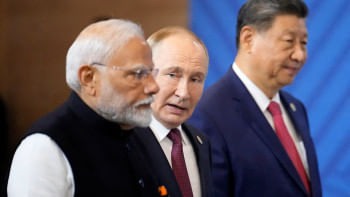



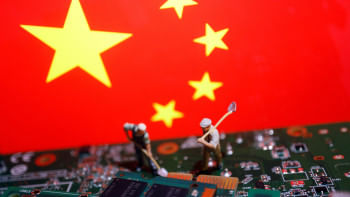



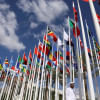

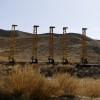


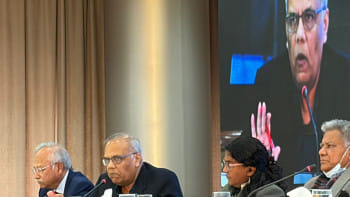
Comments